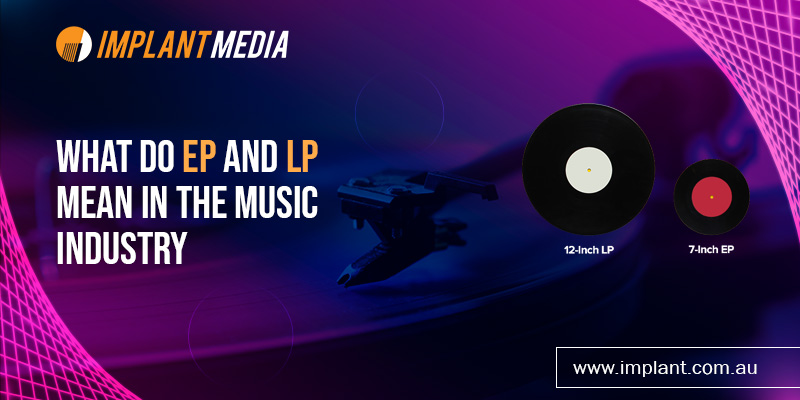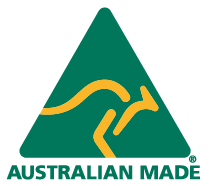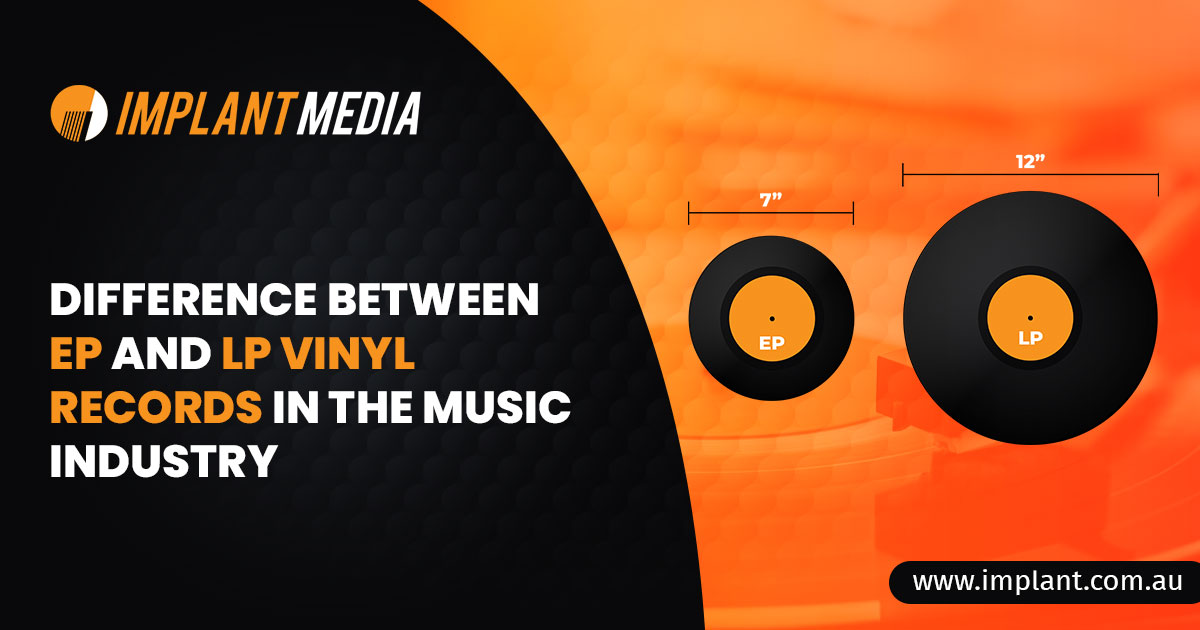In the music industry, vinyl records have been making a comeback. While digital audio is easier to transport, less expensive, and handier, most people now gather vinyl records as a passion, investment, or for long-term appreciation.
LP and EP albums are terms that are tossed around often in the music industry. But, most music listeners and even musicians who are new to the industry are not clear about what they mean or how these terms came into use. The origin of these terms lies in the history of vinyl pressings. The terms EP and LP that are used for albums were earlier used to refer to different types of vinyl records. So, what are EP and LP records and what is the difference between them? If you are an audiophile curious about these terms, read on.
All About LP Vinyl Records in 5 Brief Points
- LP stands for Long Play or Long Playing.
- LP vinyl records were developed by Columbia Records in 1948 for creating motion picture soundtracks.
- 12-inch records played at 78 rpm was the standard at that time. But, this allowed only 5 minutes of playing time on each side giving a total capacity of 10 minutes per disk. Columbia Records increased the capacity of the 12-inch vinyl record by introducing a reduced playing speed of 33.3 rpm.
- With this reduced speed, an LP vinyl record could hold around 23 minutes of music per side. This meant that it could accommodate 10-12 songs with an average length of 3.5-4 minutes each.
- LP became the popular format for music artists who could now release vinyl pressings of a full album of 40-45 minutes duration. It became a great canvas for artists to create a narrative and explore different moods within an album.
All About EP Vinyl Records in 5 Brief Points
- EP stands for Extended Play. It was called so to differentiate it from single releases.
- It was developed by RCA Victor as competition to the LP created by Columbia Records. It was made possible by the option of playing records at different speeds.
- EP records were created on 7-inch disks which were played at 45 rpm. This gave 7.5 minutes of music on each side. This gave birth to the concept of a half or mini album.
- An EP vinyl record was positioned between a single and an LP. It held 15-20 minutes of music which translated to 4-6 tracks.
- EP records were faster and cheaper to create. Hence, it came as a boon for upcoming artists and musicians who wanted to experiment with different styles.
What Do EP and LP Mean in the Music Industry

While the terms LP and EP originated based on the physical aspects of the size and playing speeds of vinyl records, the nomenclature has stuck over the years for albums. Now, the terms are used in the music industry to refer to albums based on the duration and number of tracks.
An LP album refers to a full-length album with a playing duration of 30-45 minutes. Such an album typically holds 10-12 songs. Whereas, the term EP album is used to refer to shorter albums with around 4-6 tracks. EP albums are easier on the budget and take less time to record. They are popular with indie and emerging artists. They are also often released by established musicians in between two full-length albums allowing them to engage with their fans more frequently.
EPs are generally called as “mini-albums” as they consist of limited number of songs. They usually do not make up an entire album. Most importantly they are used as promotional devices to create interest or as a way to provoke curiosity for an upcoming song.
On the contrary, LPs have an entire album collection of more than 12 songs which makes them a preferred choice for individuals who want to listen to a particular artist group.
Final Words
The difference between LP and EP vinyl records started as variations in the physical specifications of the records. An LP record was recorded on a 12-inch disk that was played at 33.3 rpm and an EP was recorded on a 7-inch disk that was played at 45 rpm. But, over time LP and EP have come to represent a full-length and a min-album respectively.
If you are looking to expand your collection of custom vinyl records in Australia, then head to Implant Media. Our team has built a reputation for the best-pressed vinyl in town. Our expertise also extends to creating beautiful artwork for personalised vinyl records. Whether the requirement is for an LP or EP record, for short or long runs, tight or lavish budget, we deliver it to our clients to their complete satisfaction. Our service-oriented staff manages the process from start to finish making it an easy and smooth experience for the clients.



